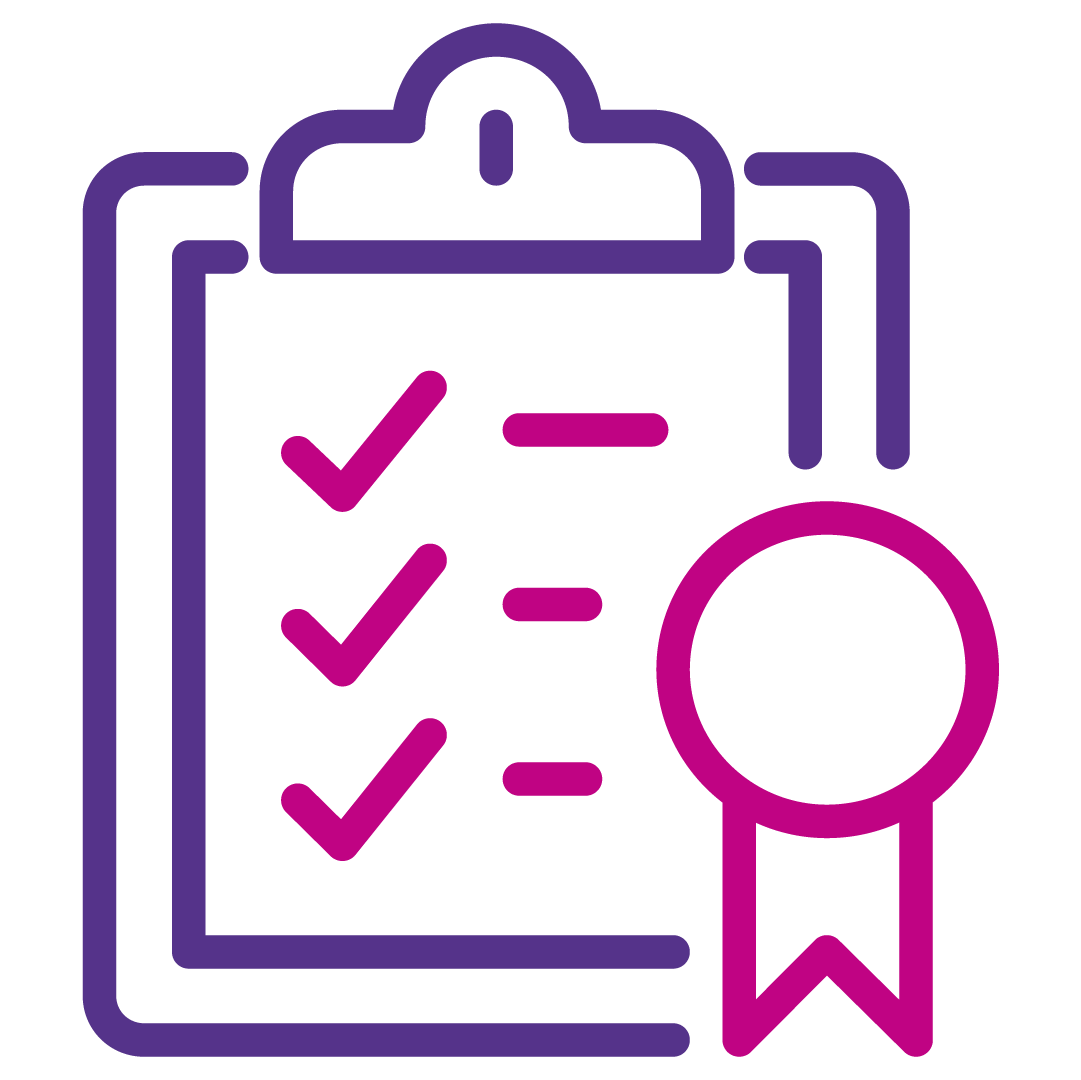Why Call-to-Connect Rate is the Most Underrated Sales Metric
Estimated reading time: 4 minutes
Sales performance is often judged by outcomes – meetings booked, opportunities created, deals closed. But those are lagging indicators.
At durhamlane, we’ve learned that the most powerful predictor of sales success happens much earlier in the process: the call-to-connect rate.
This simple metric – how often your outbound calls reach a live person – reveals more about your pipeline health than most dashboards ever do. Yet, it’s still overlooked by many teams.
Let’s unpack why the call-to-connect rate deserves a spot at the top of your SDR scorecard, and how improving it can drive measurable results across your entire funnel.
What Is Call-to-Connect Rate?
The call-to-connect rate measures the percentage of outbound calls that reach a real person – not voicemail, not a wrong number, not a gatekeeper.
Example:
If you make 100 dials and 20 result in live conversations, your call-to-connect rate is 20%.
It’s a measure of how efficiently your outreach turns effort into interaction. A strong call-to-connect rate reflects accurate data, sharp targeting, and good call timing – all foundational to sales productivity.
Example Call-to-Connect Scenarios
| Dials | Connects | Call-to-Connect Rate | Rating |
| 120 | 13 | 10.8% | 🔴 Needs improvement |
| 135 | 25 | 18.5% | 🟡 Average performance |
| 155 | 41 | 26.5% | 🟢 Strong performance |
These simple benchmarks help SDRs and managers quickly gauge the health of their outreach. Even a small percentage increase at this stage has a compound effect throughout the funnel.
For broader benchmarks, Salesforce’s KPI guide highlights how connection metrics form the backbone of healthy sales activity. .

Why Call-to-Connect Rate Matters More Than You Think
The call-to-connect rate might look like a simple number, but its influence extends across every stage of the pipeline.
1. It’s the first true indicator of engagement
Before you can book a meeting or qualify a lead, someone has to answer the phone. Increasing the rate of those initial connections immediately boosts opportunities downstream.
2. It exposes weak data and wasted effort
If you’re calling invalid or outdated numbers, you’ll never hit your targets. Monitoring the call-to-connect rate highlights when it’s time to cleanse or enrich your database.

3. It drives team efficiency
Every unanswered call costs time. If an SDR spends half their day reaching no one, their motivation and results suffer. Improving this one metric optimises your team’s energy where it counts.
4. It’s measurable and coachable
Managers can track it daily, set targets, and see direct improvements. Unlike soft skills, this metric provides concrete feedback for coaching and process tweaks.
The Compound Effect: Small Gains, Big Results
The real magic of improving your call-to-connect rate lies in its compounding effect.
Imagine two teams:
- Team A increases their connect rate from 10% to 15%.
- Team B improves their close rate by 5%.
Even though Team A’s improvement happens earlier, it leads to significantly more meetings and closed deals overall. That’s because gains at the top of the funnel multiply as they move downstream.
By improving the metric closest to the input, you unlock exponential impact without adding more activity or headcount.

FAQs
The real magic of improving your call-to-cQ: What’s a good benchmark for call-to-connect rate?
A: It varies by industry, but for most B2B outbound teams, 20–25% is a healthy target. Anything below 15% suggests your data or timing could improve.
Q: How often should I track it?
A: Weekly monitoring works best. Trends over time are more insightful than daily fluctuations.
Q: Does this apply if most of our outreach is digital?
A: Yes. Even in mixed-channel sequences, call performance remains the most direct indicator of connection strength.
Q: What’s the first thing to fix if our rate is low?
A: Start with your data. Valid numbers and accurate targeting are the foundation of all outbound success.

Final Thoughts
The call-to-connect rate may not sound glamorous, but it’s one of the most powerful levers in outbound sales. Improving it means your team speaks to more prospects, books more meetings, and generates more pipeline – all without increasing workload.
At durhamlane, we believe that selling at a higher level starts with mastering the basics – and turning them into scalable, repeatable excellence.
Learn how our outsourced SDR services help businesses build pipeline that converts.